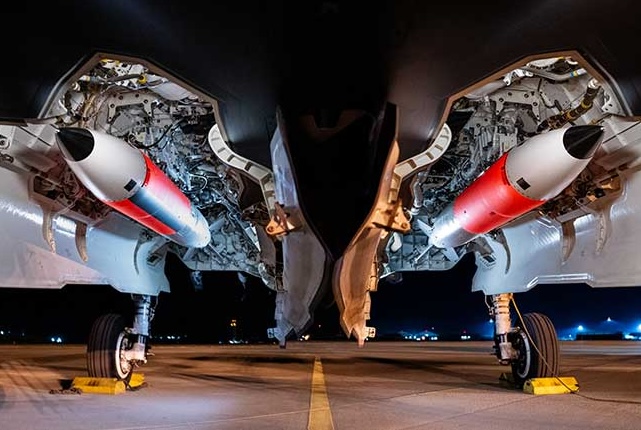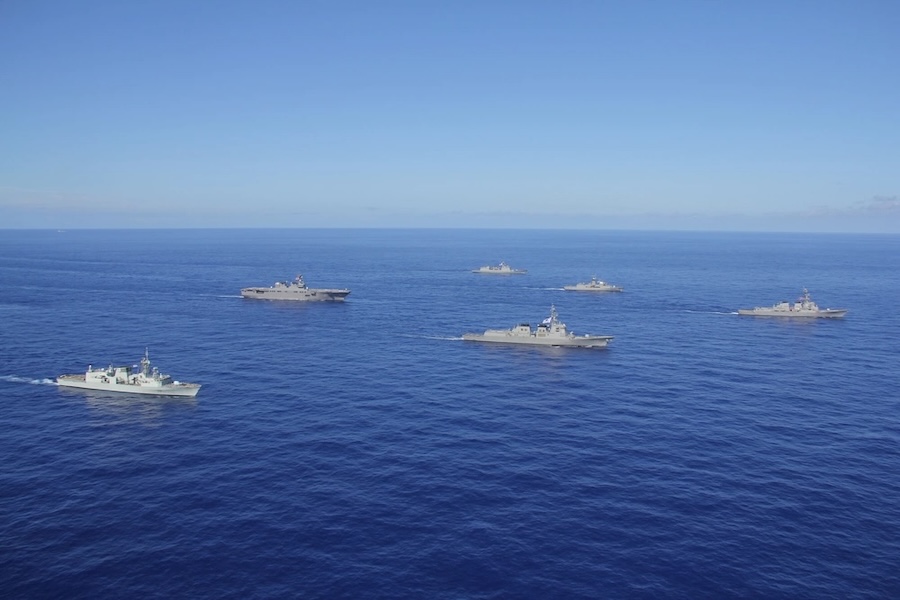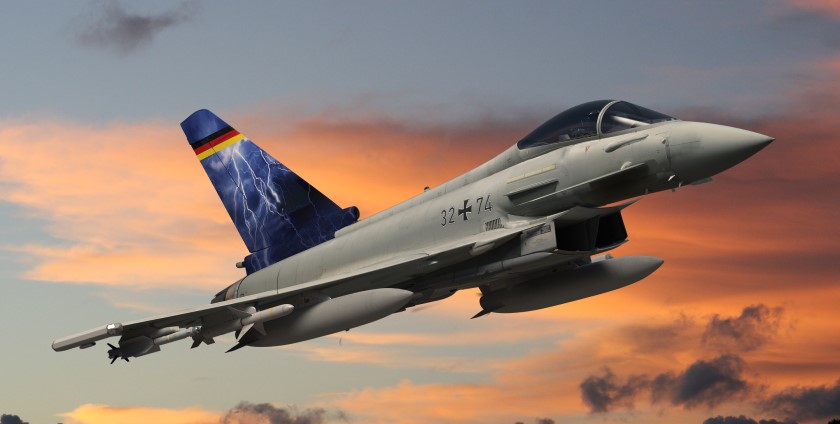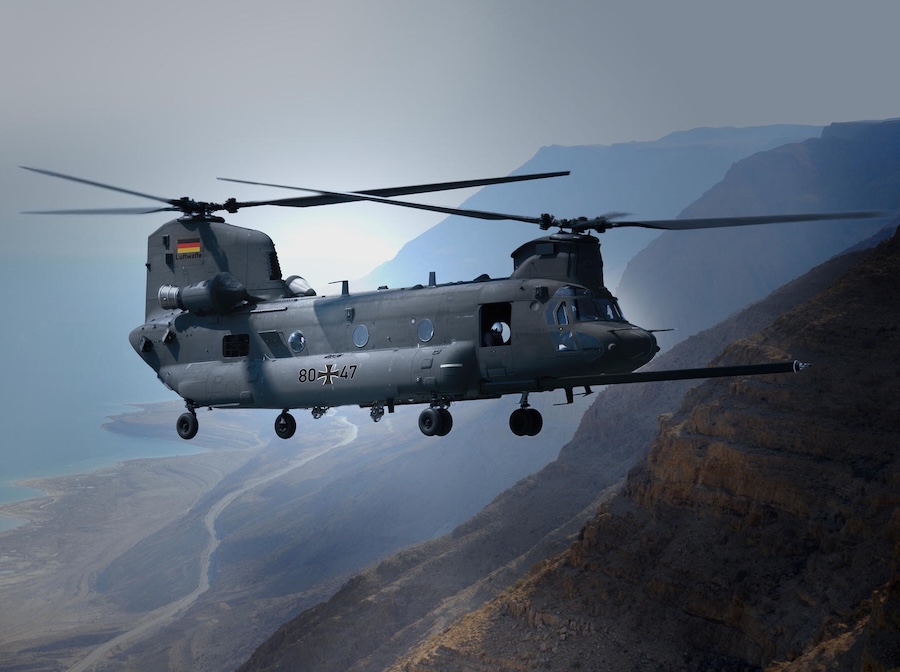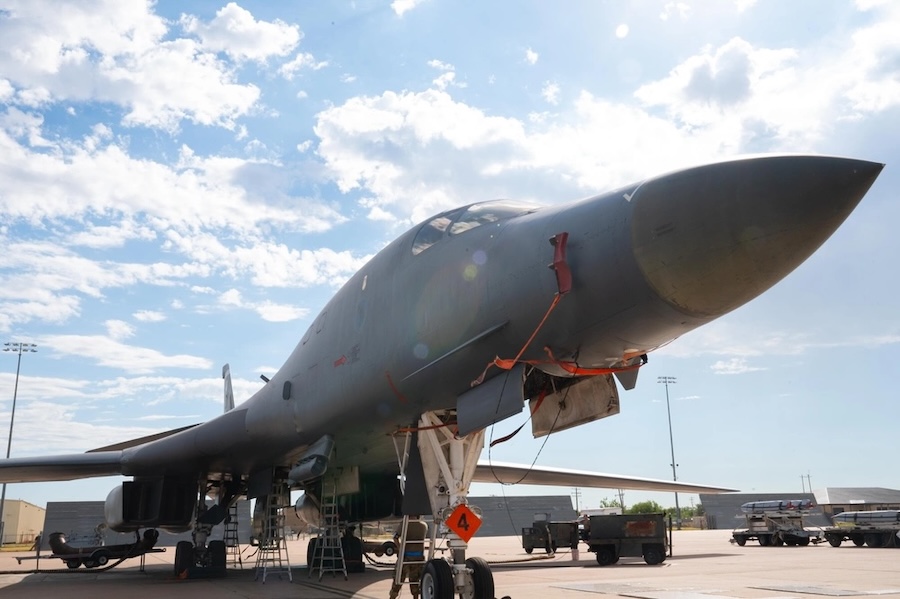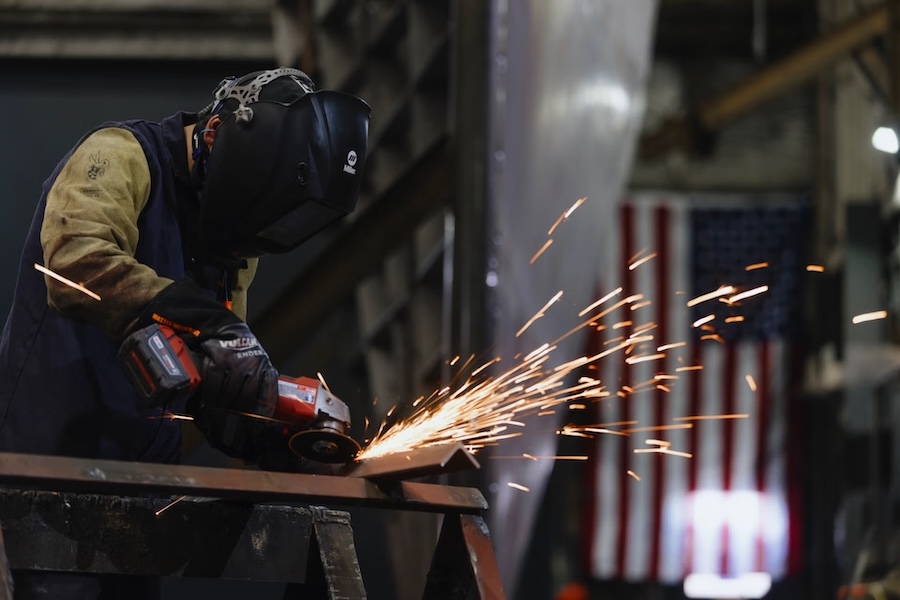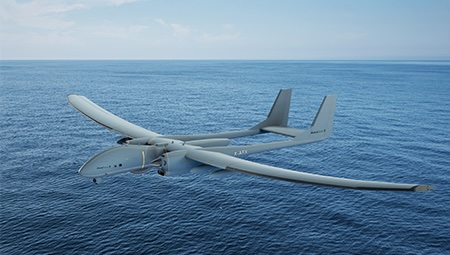Despite production officially ending, the B61-12 programme will continue manufacturing spare components and conducting programme closure activities until at least 2026. The bomb, designed to extend the lifespan of the B61 series by at least 20 years, ensures the continued reliability of the U.S. nuclear arsenal.
Rich Otten, a senior manager at Sandia involved in the project, described the achievement as a “tremendous accomplishment” following over a decade of dedicated effort. The success of the programme was made possible through collaboration between Sandia, Los Alamos National Laboratory, the Kansas City National Security Campus, the Pantex Plant, Y-12 National Security Complex, the Savannah River Site, the National Nuclear Security Administration (NNSA), the U.S. Air Force, and multiple private vendors.
First introduced into service in 1968, the B61 bomb has undergone multiple modifications throughout its lifespan. The B61-12 replaces most previous variants, integrating updated components to maintain its effectiveness and compatibility with modern delivery systems.
As the primary design and engineering laboratory for non-nuclear components, Sandia played a central role in ensuring the seamless integration of all subsystems. Otten highlighted the complexity of production, particularly in adapting the bomb for use with different aircraft platforms.
With the completion of full-scale production, the B61-12 is now an operational stockpile system. Scott Klenke, senior manager overseeing stockpile sustainment at Sandia, emphasised that this is “just the beginning” of ongoing efforts to maintain the weapon’s safety, reliability, and readiness.
Sandia has also delivered key components to the Kansas City National Security Campus and Pantex Plant to support the final stages of production. Moving forward, Sandia, the NNSA, and the Department of Defense will conduct routine stockpile surveillance to monitor the bomb’s condition and performance.
These efforts will involve randomly selecting and disassembling units at the Pantex Plant, testing components at Sandia’s Weapons Evaluation Testing Laboratory, and performing flight tests. The data collected will contribute to annual assessments that verify the safety and reliability of the U.S. nuclear stockpile.
According to Klenke, such surveillance and assessment activities will continue for the entirety of the B61-12’s operational lifespan, lasting until its eventual retirement and dismantlement. The programme reflects a long-term commitment to national security, ensuring the United States maintains a credible nuclear deterrent.
Sandia National Laboratories, a subsidiary of Honeywell International Inc., operates under the U.S. Department of Energy’s National Nuclear Security Administration. With key facilities in Albuquerque, New Mexico, and Livermore, California, Sandia leads research in nuclear deterrence, global security, defence technologies, and energy innovation.
Source: Sandia National Laboratories.










